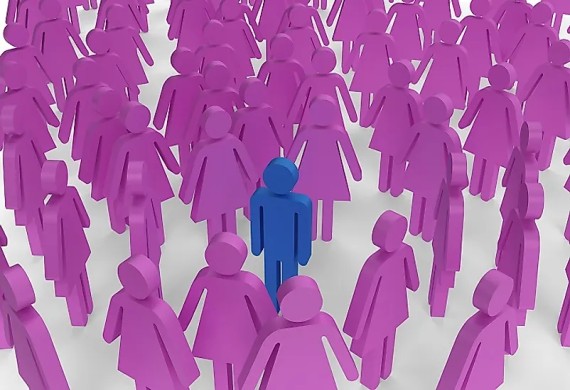
India has more Women than men, National Family and Health Survey
By: WE Staff | Friday, 26 November 2021
According to official statistics, India now has more women than men for the first time in history, as well as a declining birthrate in the world's second-most populated country.
In India, parents have always preferred males over daughters, who are generally seen as troublesome and expensive due to the custom of wedding dowries.
Although sex-selective abortions are illegal, the practice continues, and national population data routinely shows one of the highest male-to-female ratios in the world.
After two years of research, the latest National Family and Health Survey, issued by the health ministry, found 1,020 women every 1,000 males.
This is the first time that any significant government population survey in India, dating back to the first national census in 1876, has revealed that women outnumber males.
"The improvement in total sex ratio is positive and a step in the right direction but much still needs to be done towards gender equality," Population Foundation of India (PFI) health scientist Sanghamitra Singh told.
The disparity is explained by women's greater life expectancy, as well as the fact that more boys than girls are still born (1,001 males for every 929 females). "That could indicate some degree of son preference," Singh said.
The report also revealed that India's fertility rate has dropped to two children per woman, from 2.2 in the previous survey in 2015-16.
PFI lauded the result as a "significant feat for the country's family-planning programme" because it drops below the replacement level required to maintain population levels.
India's population is estimated to be over 1.3 billion people, with UN forecasts indicating that the country would overtake China later this decade. The survey's data was drawn from around 600,000 households across India.
After India's Covid-delayed census, which was supposed to be published this year, Singh claimed a clearer picture would emerge.


.jpg)



